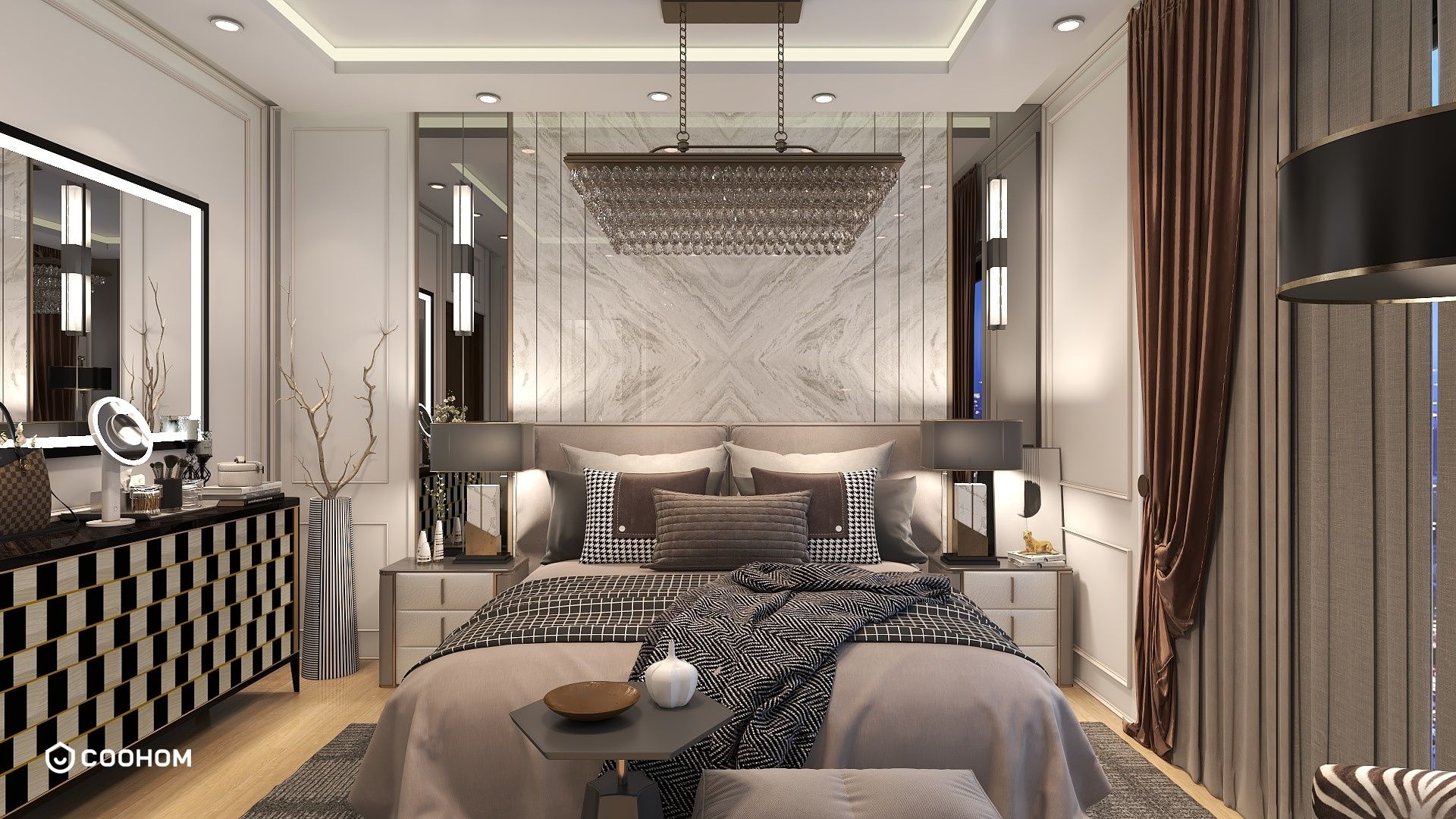html hotel room layout: Explore the Essentials of Designing Hotel Room Layouts with HTML

Designing a hotel room layout using HTML can be both an exciting and challenging task, especially for those looking to create a functional yet aesthetically pleasing space for guests. In this guide, we will delve into the various aspects of hotel room layouts, focusing on how to effectively use HTML to present your designs, along with tips for optimizing the layout for both comfort and style.First and foremost, when creating a hotel room layout in HTML, it's essential to start with a clear vision of the space. Identify the key components that need to be included, such as the bed, seating area, desk, and bathroom. Each of these elements plays a vital role in the overall function and appeal of the room. Consider using a grid or a flexible box layout in your HTML to ensure that each element can be positioned effectively without compromising on space.Next, think about the flow of the room. Guests should be able to move around comfortably without feeling cramped or restricted. Use HTML elements such as divs and sections to create designated areas for each part of the room. This not only helps in visualizing the layout but also aids in effectively communicating your design to others.Color and texture play a crucial role in any interior design, including hotel rooms. While HTML itself does not dictate color or style, you can incorporate CSS (Cascading Style Sheets) alongside your HTML to enhance the visual appeal of your layout. Choose a color palette that reflects the theme of the hotel and consider using background images or textures to add depth to the design.Another important aspect to consider is the furniture arrangement. The placement of furniture can significantly impact the guest's experience. For instance, having a bedside table within reach of the bed, or ensuring that the seating area is inviting and functional, can make a big difference. When coding your hotel room layout in HTML, use appropriate classes and IDs for each piece of furniture to easily manipulate and adjust their positions.Finally, don’t forget about the importance of lighting in a hotel room. A well-lit room can enhance the overall ambiance and make it feel more spacious. You can use HTML elements to indicate where light fixtures should be placed, as well as to suggest window placements for natural light. Consider using icons or images to represent lighting in your layout for a clearer visual representation.In conclusion, creating a hotel room layout using HTML involves thoughtful planning, attention to detail, and a good understanding of design principles. By combining HTML with CSS, you can present your layout in a way that is both functional and visually appealing. Remember, the goal is to create a welcoming environment that resonates with guests and enhances their stay.
Tips 1:
Always prioritize comfort and functionality in your layouts, and don't hesitate to experiment with different styles to find the perfect balance.
FAQ
welcome to Coohom
Please check with customer service before testing new feature.

